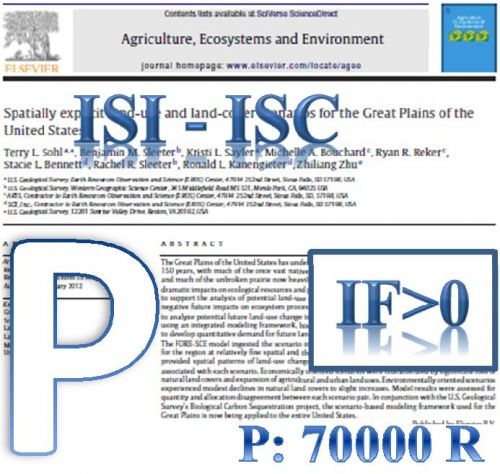This study reports on the evaluation of NiONPs layer as an efficient platform in designing a TNT nanoap-tasensor. Based on this strategy, a film of electrodeposited NiONPs was immobilized onto the surface ofa GCE. This film was used as a capture layer for the covalent attachment of Apt, which was a receptorelement with regard to TNT. By incubating TNT onto the surface of the prepared Apt/NiONPs/GCE asa proposed nanoaptasensor, the Apt/TNT complex was formed and the changes of the electrochemicalsignal were evaluated with the EIS technique. The superior transduction platform and the Apts weredensely populated at the surface of the modified electrode lowered the LOD, 33.5 aM. Furthermore, theexcellent antifouling ability of the NiONPs/GCE improves the operational stability and repeatability ofthe proposed nanoaptasensor. While most of the conventional approaches have used multistep chemicalmethods for modeling an apasensor, our proposed strategy provides the notable advantages the use of asingle-step modification without employing any complex agent, the use of a simple procedure and notbeing time-consuming. The results indicated that the modification of a GCE with the electrodepositedNiONPs layer can expand the application of this strategy to develop some biosensors based on DNA inorder to detect various targets.
کلید واژگان :NiONPs, TNT nanoaptasensor, Electrodeposition, Signal amplificationa
ارزش ریالی : 1200000 ریال
با پرداخت الکترونیک
